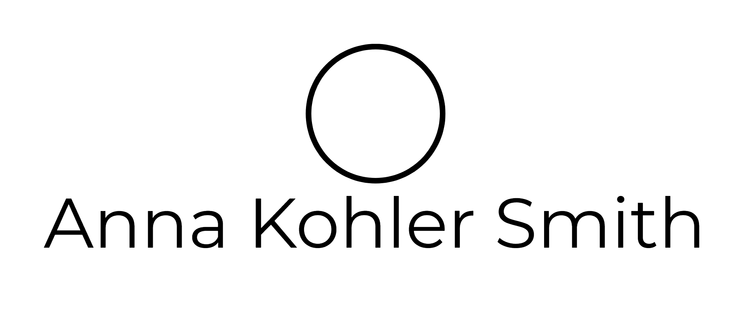About Anna
I help changemakers separate signal from the noise without overwhelm.
I’m also a scientist, interdisciplinary artist, entrepreneur, teacher, and writer living in Iquitos, Peru.
I adore synthesizing complex concepts in art, science, business, and philosophy.
Here’s a taste of how I think:

